Ortigia sits right in the heart of Syracuse, Sicily, and honestly, it swept me off my feet the second I wandered its ancient streets. This tiny island, joined to mainland Syracuse by two bridges, crams centuries of history into its sunlit piazzas and winding alleyways.
Ortigia is a UNESCO World Heritage Site, and you can really soak up authentic Sicilian culture here. Greek temples, medieval architecture, lively markets—they’re all close enough that you could see them in a single stroll.
On my last visit to this Mediterranean treasure, I lost track of time exploring Ortigia’s maze of streets. Every corner seemed to offer up something new for my eyes. The Cathedral, which rises over the bones of a Greek temple, left me speechless, and the sea views from the promenade just made me want to linger.
The food? Absolutely worth the trip alone. Trattorias hide down narrow lanes, serving up local dishes you’ll remember for years. And don’t even get me started on the gelato—temptation at every turn.
What sets Ortigia apart is how it manages to feel ancient and alive all at once. Unlike some places in Italy that feel overrun, this historic center keeps its authentic soul while still welcoming visitors. You might spend your morning wandering ancient ruins, then cool off with a swim in the crystal-clear water, and finally end the day with dinner at a family-run spot as the sun dips into the Mediterranean.
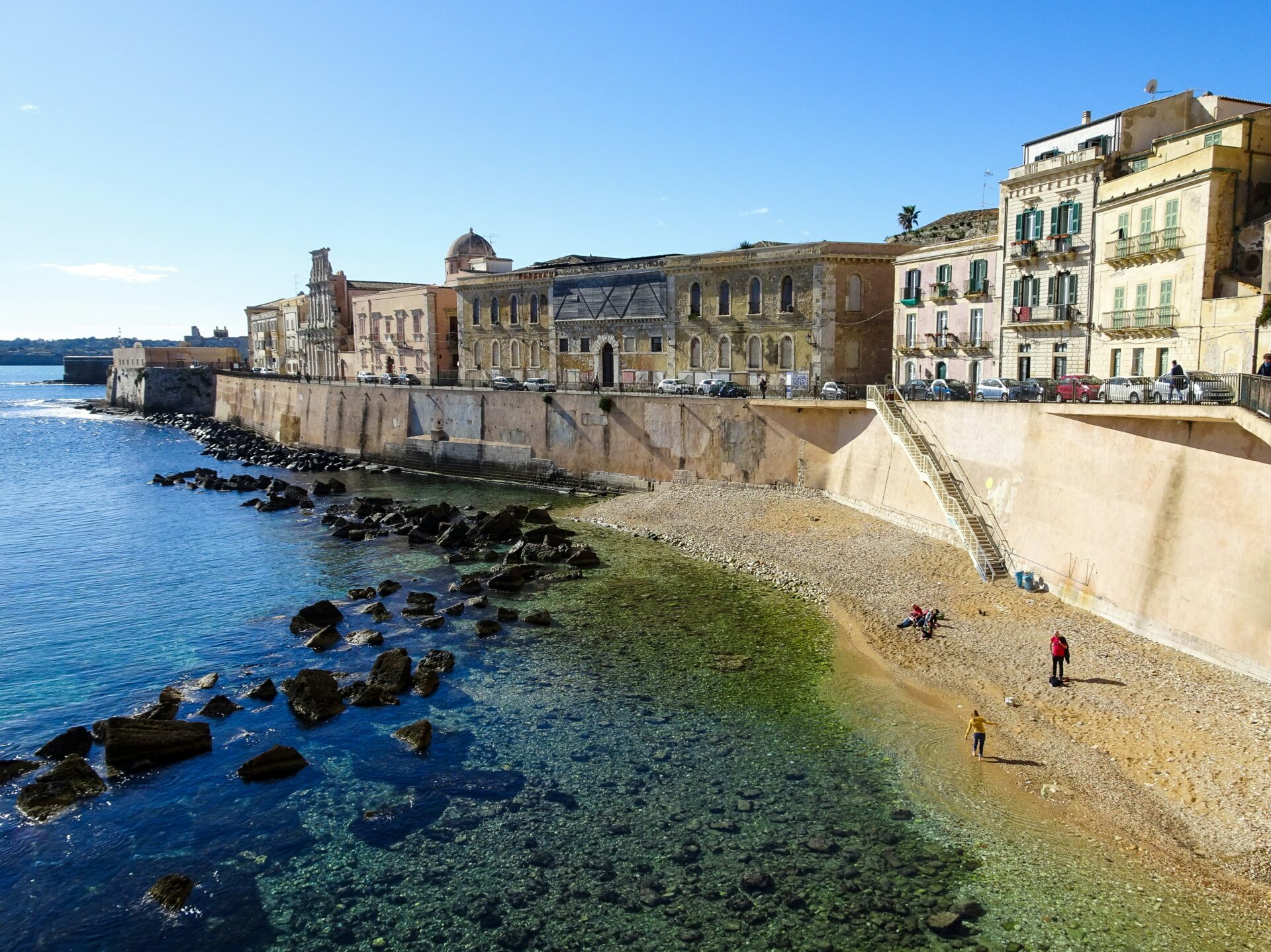
The Magical History of Ortygia
Ortygia holds almost 3,000 years of stories in its narrow streets and weathered stones. This little island is the original heart of Syracuse, which was once among the most powerful cities in the ancient world.
Origins of Syracuse and Greek Colonization
I always tell friends that Ortygia’s tale really begins in the 8th century BC. Greek colonists from Corinth landed here, choosing a spot with a natural harbor and fresh springs. When I walk along the seawall, I get why they picked it.
The colony didn’t stay small for long. It grew into one of the biggest Greek cities and even rivaled Athens. In 413 BC, Syracuse famously defeated the Athenian fleet—honestly, that moment shifted Mediterranean history.
What really grabs me is how much of that ancient past still pops out at you. The Temple of Apollo, Sicily’s oldest Doric temple, still stands as proof of Ortygia’s Greek roots. And the streets? They follow the same paths those first Greeks laid out.
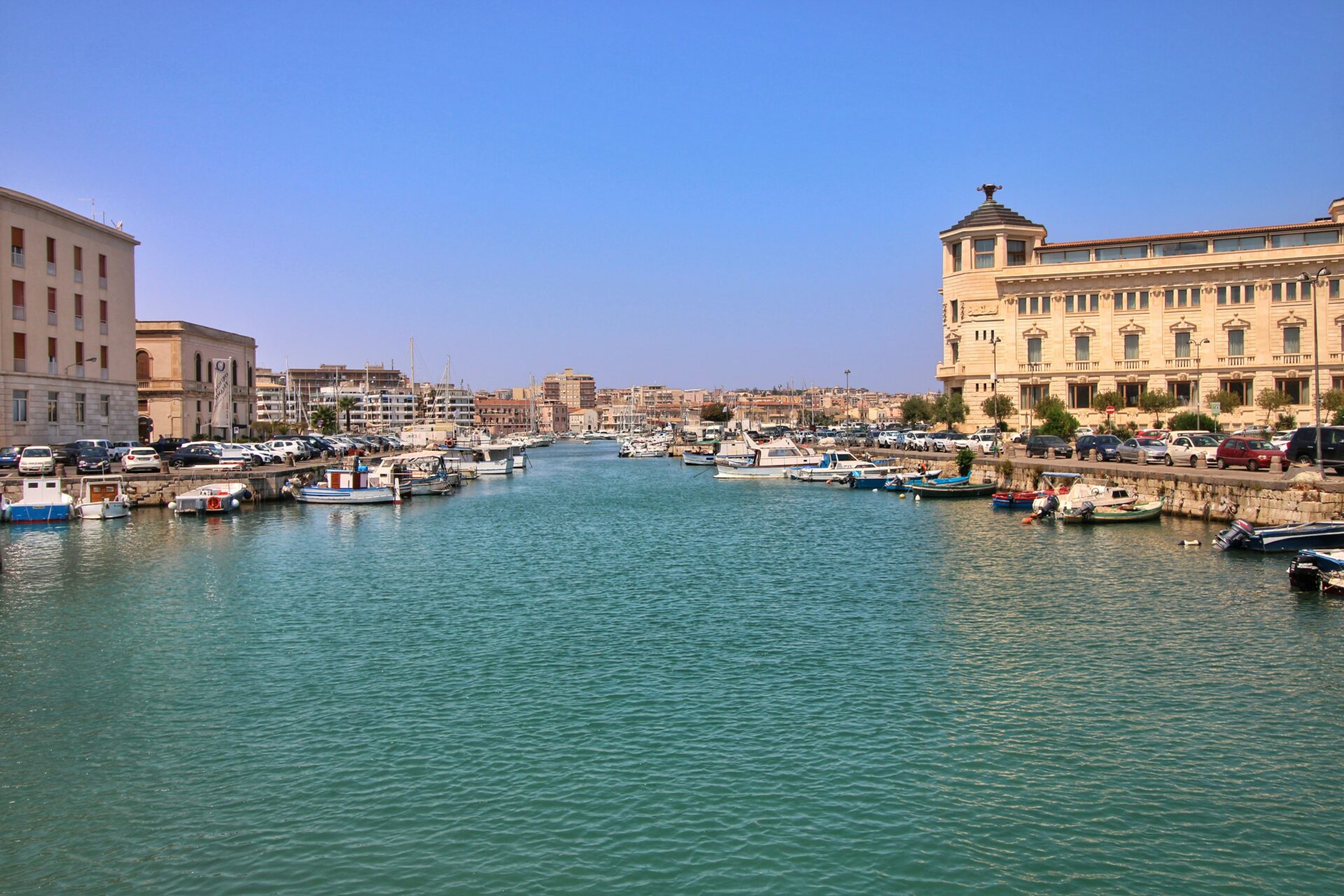
Legends, Myths, and Ancient Figures
The name Ortygia comes straight out of Greek myth—supposedly, goddess Leto gave birth to Artemis here. Locals say the spring of Arethusa appeared when the nymph Arethusa fled from Greece underground, chased by the river god Alpheus.
Ortygia connects to some wild historical figures too. Archimedes, the genius mathematician, was born here in 287 BC. Legend has it he ran naked through the streets, shouting “Eureka!” after making a discovery in the bath.
Aeschylus, the famous playwright, brought his work to Syracuse. Rulers like Dionysius I and Hieron II left their mark, building grand structures and turning Syracuse into a magnet for artists and philosophers from all over.
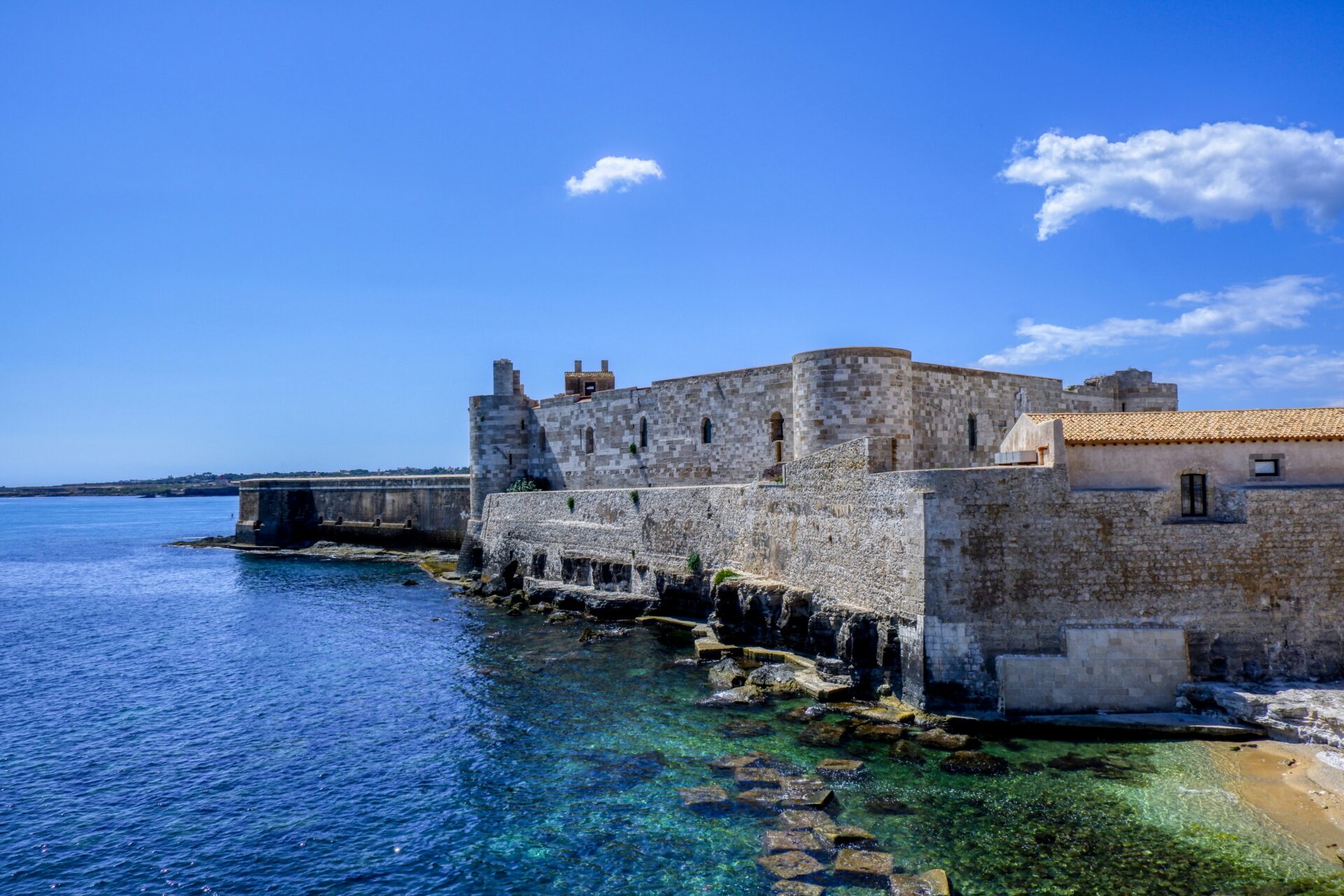
Timeless Stories: From Antiquity to Baroque
Ortygia’s past really mirrors Sicily’s as a crossroads of cultures. After the Greeks, the Romans took over in 212 BC. I love pointing out how Roman touches blend with older Greek bones.
Byzantines, Arabs, Normans, and Spanish all swept through next. Each left a mark on Ortygia’s buildings and culture. The Duomo is the best example—it’s got a Greek temple of Athena at its core, and you can still see the giant Doric columns inside.
The earthquake of 1693 changed everything, reshaping Ortygia into the baroque beauty it is now. When I walk through Piazza Duomo, those honey-colored limestone buildings almost glow in the afternoon sun. Baroque churches and palaces rise right on top of ancient ruins.
Ortygia’s magic is in this sense of continuity. People have lived here for nearly 3,000 years, and every generation adds a new layer to the story.
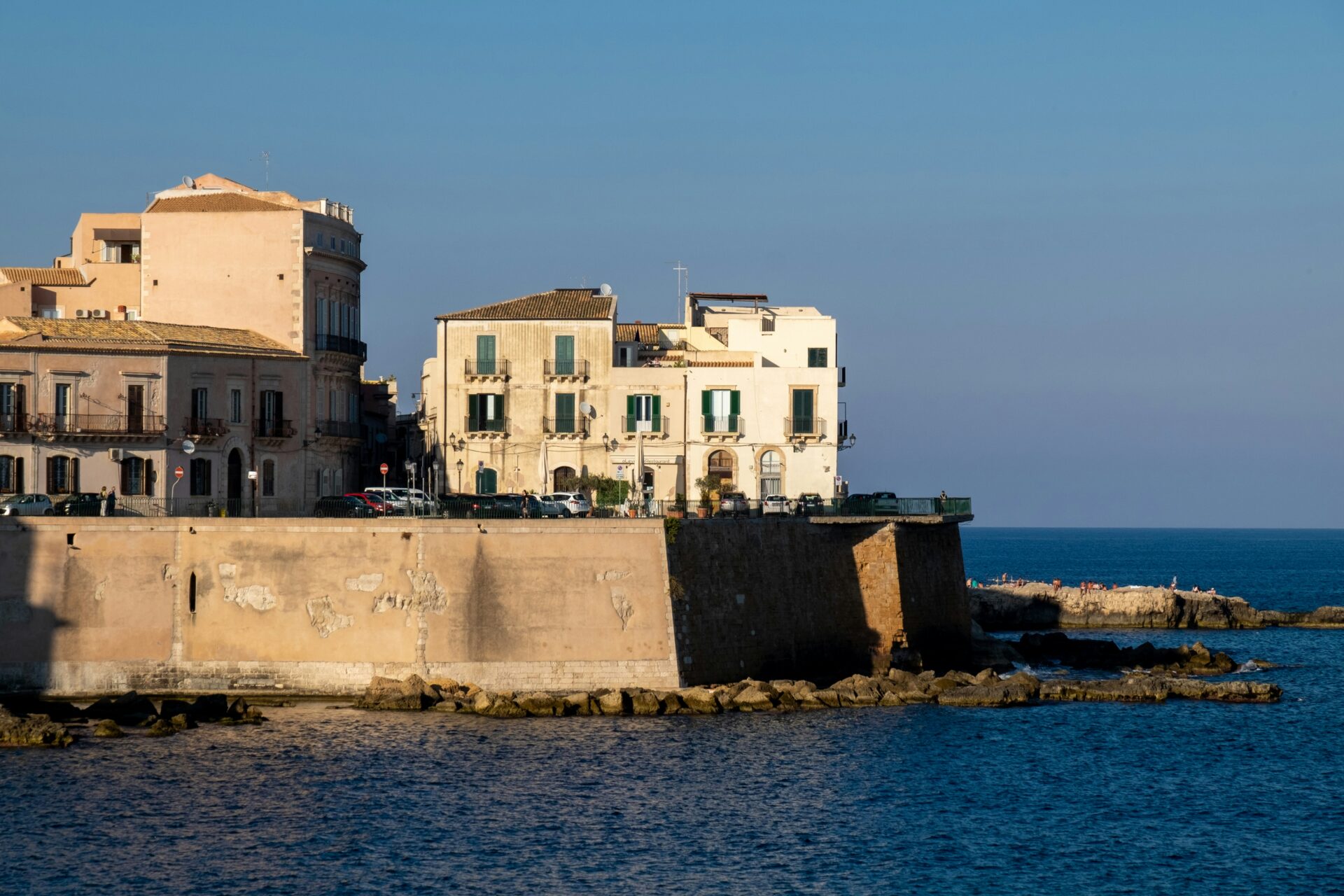
Strolling Ortygia’s Historic Heart
Walking Ortygia feels like drifting through a living museum. Greek, Roman, Byzantine, and Baroque details all blend together, and the narrow limestone streets just beg you to get lost and find something unexpected.
Piazza Duomo and the Baroque Facades
Piazza Duomo is the beating heart of Ortygia. I found myself drawn back to it every day. At sunset, the square glows gold, with the Cathedral of Syracuse towering in the center.
What’s wild about this cathedral is its history—it’s built right on top of an ancient Greek temple of Athena. You can still see the old temple columns, now part of the church walls.
As I wandered the square, I noticed the surrounding palazzos, all decked out in classic Sicilian Baroque style. Ornate balconies, honey-colored stone, and just enough crumbling charm to remind you how old this place really is.
Small cafés line the edges, and honestly, there’s nothing better than sipping a granita while watching the world go by. The Church of Santa Lucia alla Badia is here too, and it’s home to Caravaggio’s “Burial of Saint Lucy”—definitely worth a peek.
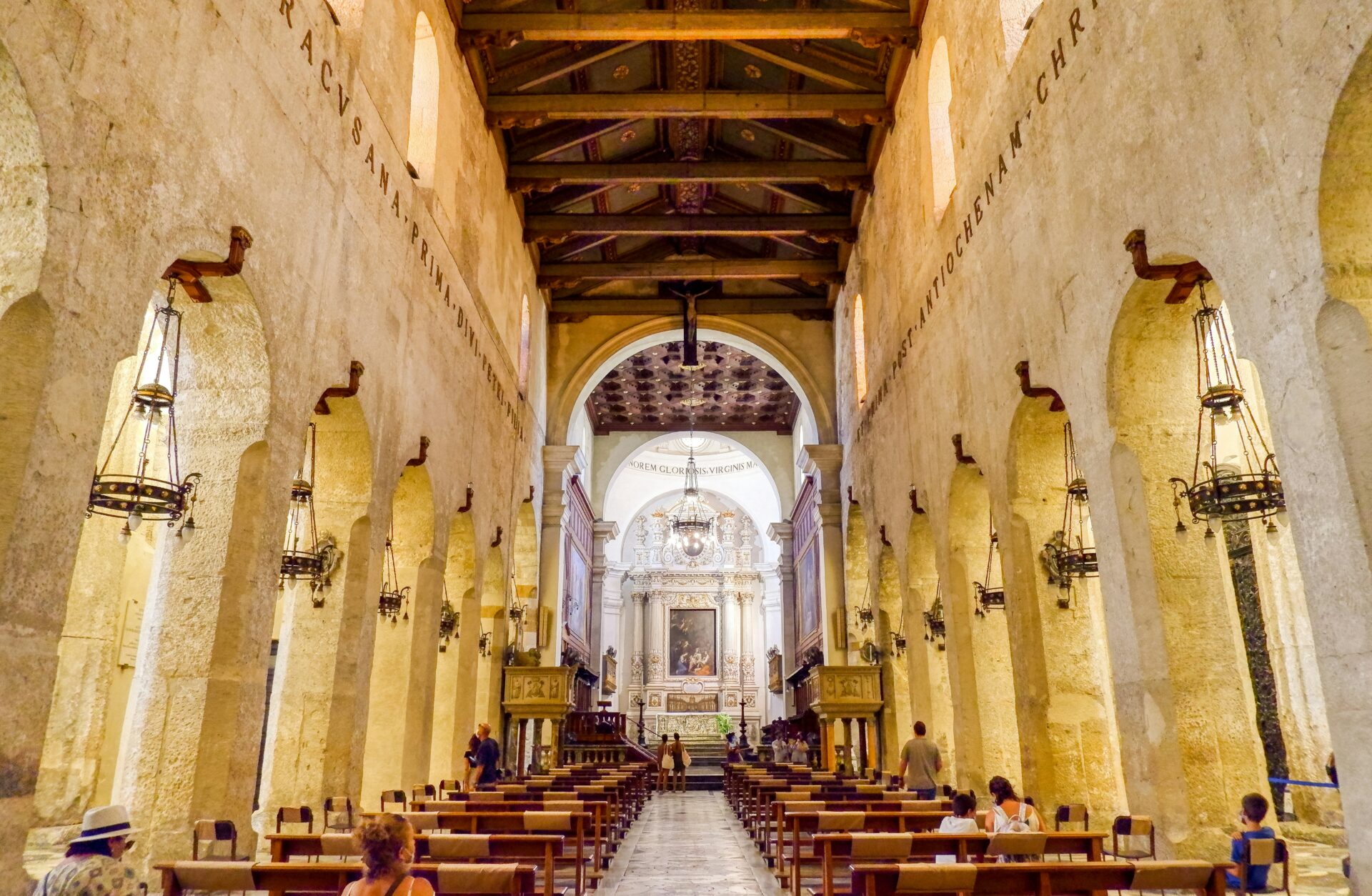
The Enchanting Passeggiata
The evening passeggiata around Ortygia’s edge is a must. I joined locals and tourists as the sun started sinking, and the Mediterranean breeze picked up.
Starting at the Fountain of Arethusa, I followed the path along the sea walls. Fishing boats made their way back to harbor, and the light turned everything golden.
On the west side, the sunsets are unreal—orange and pink skies, families and couples gathering, and everyone just soaking up the moment.
A few little bars along the way make it easy to stop for an aperitivo. My favorite stretch was near Forte Vigliena, where the waves crash against the rocks and you can just let your mind wander.
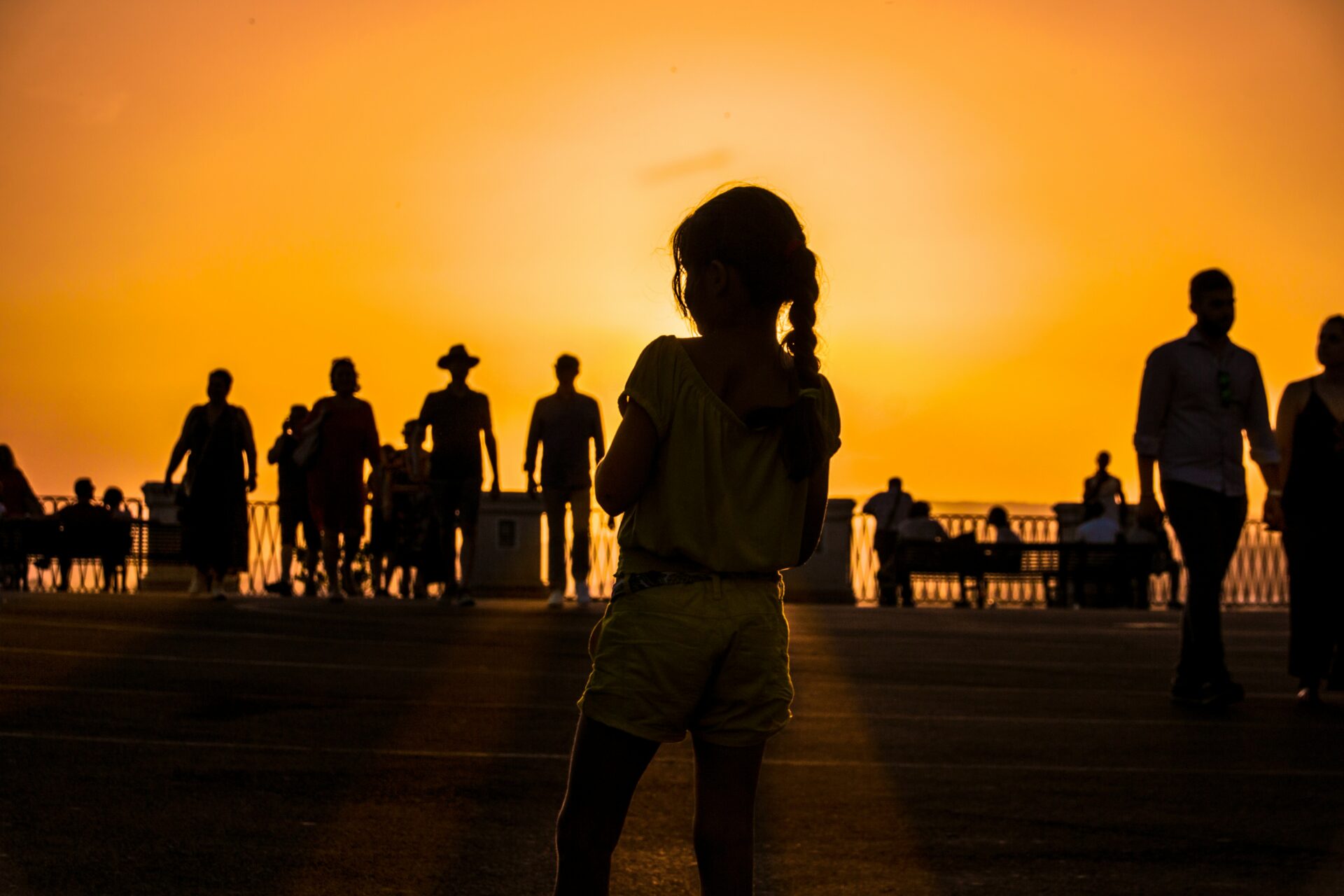
Santa Lucia and Local Traditions
Santa Lucia, the patron saint of Syracuse, is everywhere in Ortygia. She was born here around 283 AD, and you can feel her presence, especially during her feast days in May and December.
I lucked out and caught the May procession. Locals carry a silver statue of Santa Lucia through the streets, and the whole island buzzes with energy and emotion. People sing old hymns, and the sense of tradition is strong.
The Church of Santa Lucia alla Badia, close to the Duomo, holds relics and art dedicated to her. Locals love sharing stories about her life and martyrdom.
If you want a taste of tradition, try the “cuccìa”—a sweet wheat berry pudding made for Santa Lucia’s celebrations. The family-run pastry shops in Ortygia serve it up, and it’s a delicious link to the past.

Architectural Wonders and Archaeological Marvels
Ortygia is a showcase of styles—ancient Greek temples, medieval walls, and baroque palaces all jostle for attention.
Temple of Apollo: The Island’s Ancient Entrance
As soon as I crossed from the mainland into Ortygia, the ruins of the Temple of Apollo greeted me. Built in the 6th century BCE, it’s one of Sicily’s oldest Doric temples and really sets the tone for what’s ahead.
Massive columns still stand tall, though the years have softened their edges. I was surprised to learn this spot has served as a Byzantine church, a mosque under Arab rule, and later a Norman church.
Check for the Greek inscription on the eastern side—apparently, it mentions Kleomenes, the guy who built the temple. The whole archaeological area is in good shape, so you can actually get a sense of how impressive this place once was.
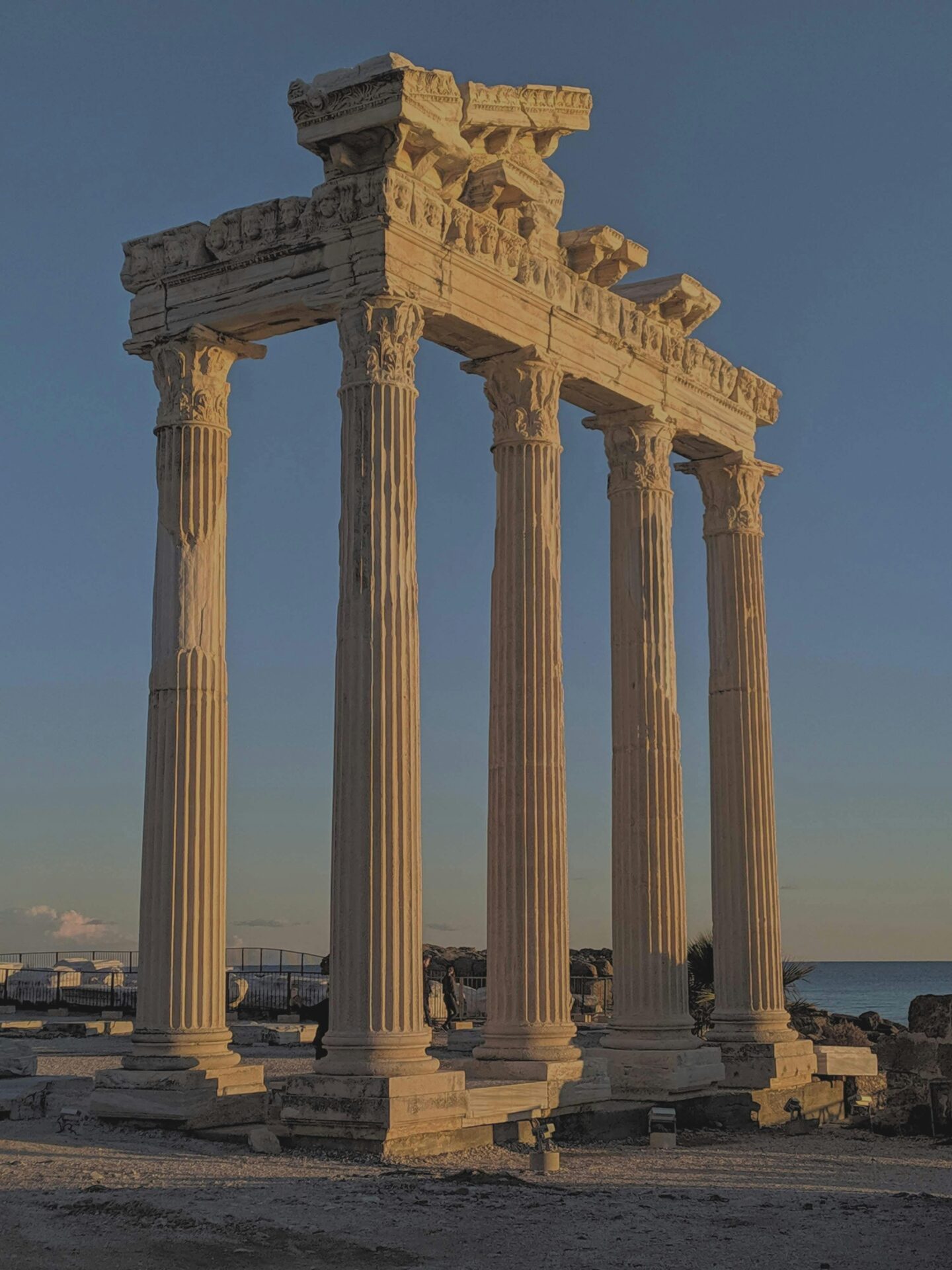
Castello Maniace and Ortygia’s Fortresses
Down at the southern tip of Ortygia, Castello Maniace rises above the harbor. Emperor Frederick II built this fortress in the 13th century, and its thick walls and octagonal towers still look pretty intimidating.
I spent about an hour wandering its corridors and the massive courtyard. The Gothic portal, with all its detailed carvings, caught my eye.
Ortygia’s defenses go beyond just Castello Maniace. Forts like San Giovannello and Vigliena show how seriously people took security here. These fortifications formed a network that kept Syracuse safe from countless invasions.
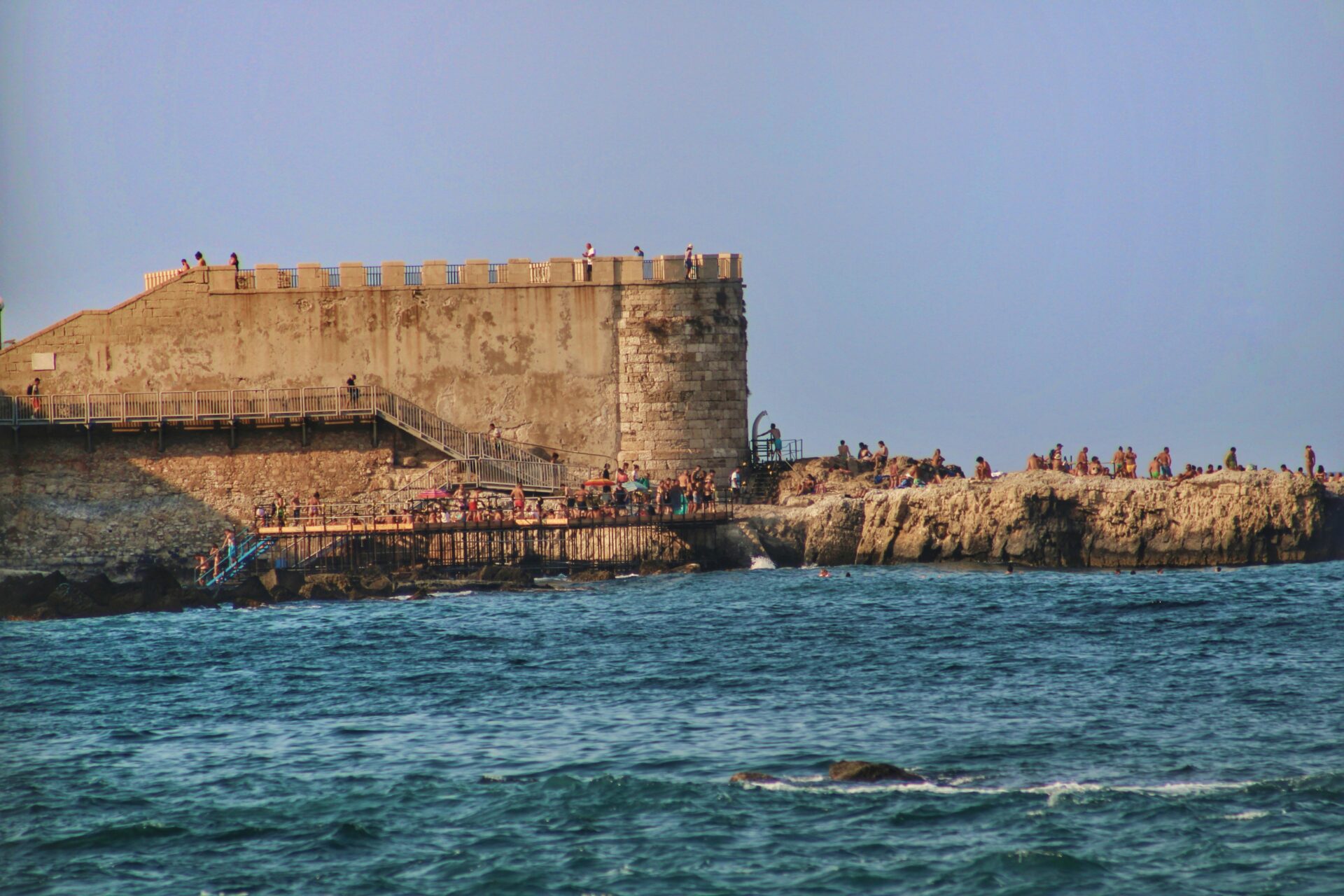
Hidden Gems: Jewish Quarter and Medieval Streets
If you wander through Ortygia’s medieval lanes, you’ll stumble onto treasures you’d never expect. The old Jewish Quarter, or Giudecca, hides some of the most fascinating secrets—like the Mikveh, ritual baths carved into limestone from Byzantine times.
I couldn’t believe these baths are among Europe’s oldest, and they sat hidden under a medieval palazzo until the 1990s.
The winding alleys here blend medieval architecture with Arabic touches—arched doorways, inner courtyards, and ancient stones reused from Greek and Roman days. It’s a patchwork, but a beautiful one.
Watch for tiny squares that suddenly open up, giving you glimpses of baroque facades or ancient ruins. The history here isn’t just in museums—it’s literally in the walls.
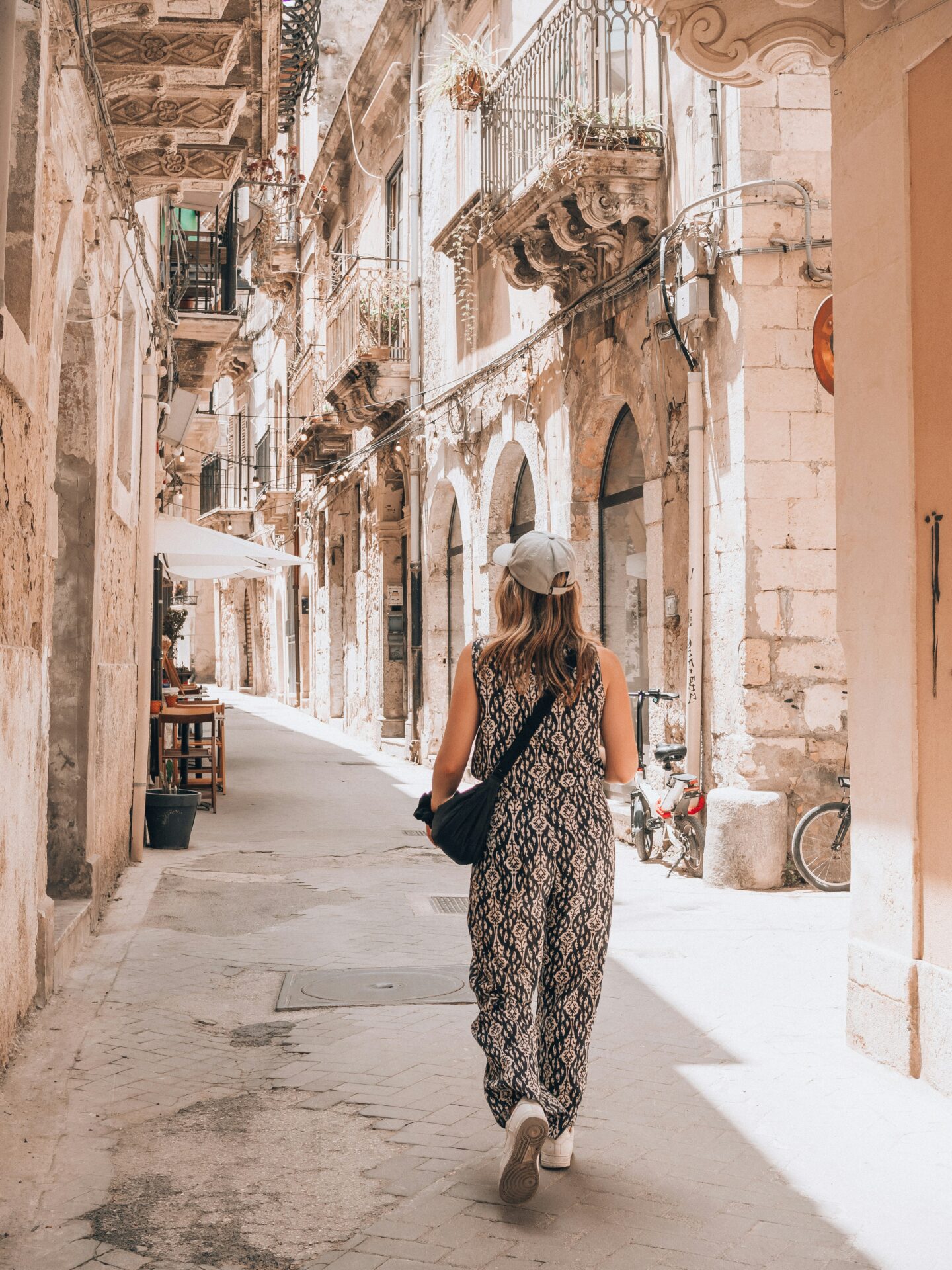
Syracuse’s Spectacular Archaeological Sites
Just outside Ortigia, you’ll find one of Sicily’s most jaw-dropping archaeological zones. The ancient ruins of Syracuse take you straight back to the days when Greek and Roman civilizations ruled the Mediterranean.
Greek Theatre and The Echo of Tragedies
The Greek Theatre (Teatro Greco) stands as the crown jewel of Syracuse’s archaeological park. Built in the 5th century BCE and later expanded, this massive amphitheater holds 15,000 people and hugs the hillside. I couldn’t get over the acoustics—even from the top row, I heard whispers from the stage.
This wasn’t just any theater—Aeschylus himself premiered plays here. Imagine watching “Prometheus Bound” when it was brand new! The stone seats remain mostly intact, and the place just oozes history.
Every May and June, the theater comes alive with classical performances during the Greek Theatre Festival. Sitting under the stars, watching a tragedy where ancient Syracusans once did, is a memory that sticks.
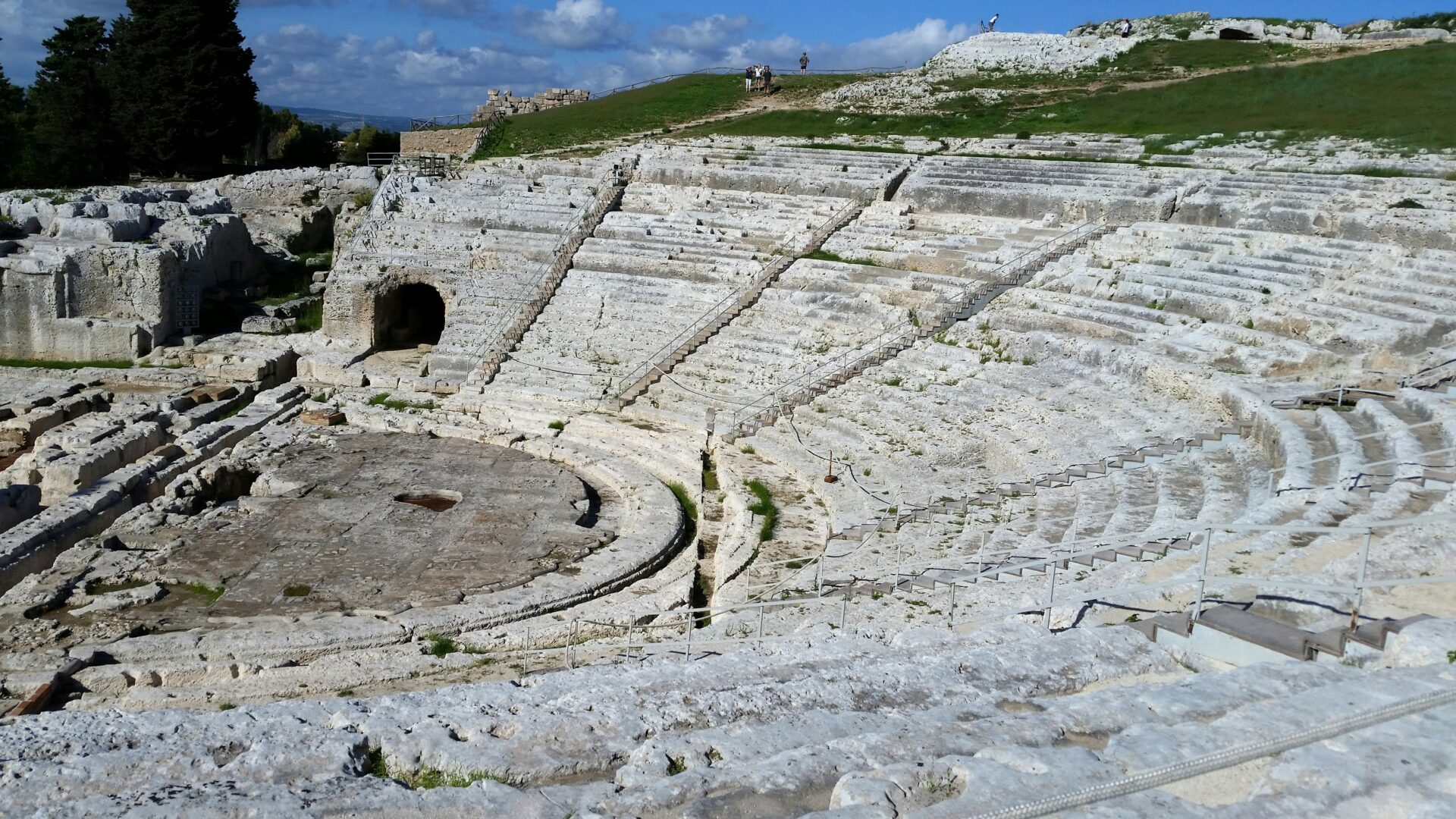
Roman Amphitheatre and Neapolis’s Hidden Past
A quick walk from the Greek Theatre brings you to the Roman Amphitheatre. It’s smaller than the Colosseum, but this 2nd-century CE arena hosted the bloody gladiator games the Romans loved.
The amphitheater sits in the Neapolis Archaeological Park, which was Syracuse’s “new city” in Roman times. As I wandered through the ruins, I noticed the clever engineering—especially the rectangular arena and its underground chambers.
What really caught my attention were the water channels and the remains of the mechanism used to flood the arena for mock naval battles. Ancient audiences must have loved those wild spectacles.
You can spot the large central pit, which once held the machinery for raising animals and gladiators into the arena. It’s a reminder of just how complex and dramatic these shows really were.

Ear of Dionysius, Latomia del Paradiso, and Nymphaeum
The Ear of Dionysius (Orecchio di Dionisio) just might be Syracuse’s quirkiest attraction. This 23-meter high, ear-shaped limestone cave cuts 65 meters deep into the cliff.
Its acoustics are wild—every tiny whisper bounces around and echoes in a way that’s almost spooky.
According to legend, the tyrant Dionysius used the cave as a prison. He supposedly hid at a secret spot to listen in on prisoners’ conversations.
Honestly, it’s probably just a story, but it does add a certain mystery to the place.
You’ll find the cave inside the lush Latomia del Paradiso (Paradise Quarry). In ancient times, thousands of slaves hauled limestone from here to build Syracuse’s grandest monuments.
Now, the old quarry feels like a secret garden, full of citrus and magnolia trees.
Nearby, there’s the Nymphaeum—a set of artificial caves and water features. People once held religious ceremonies here to honor water nymphs.
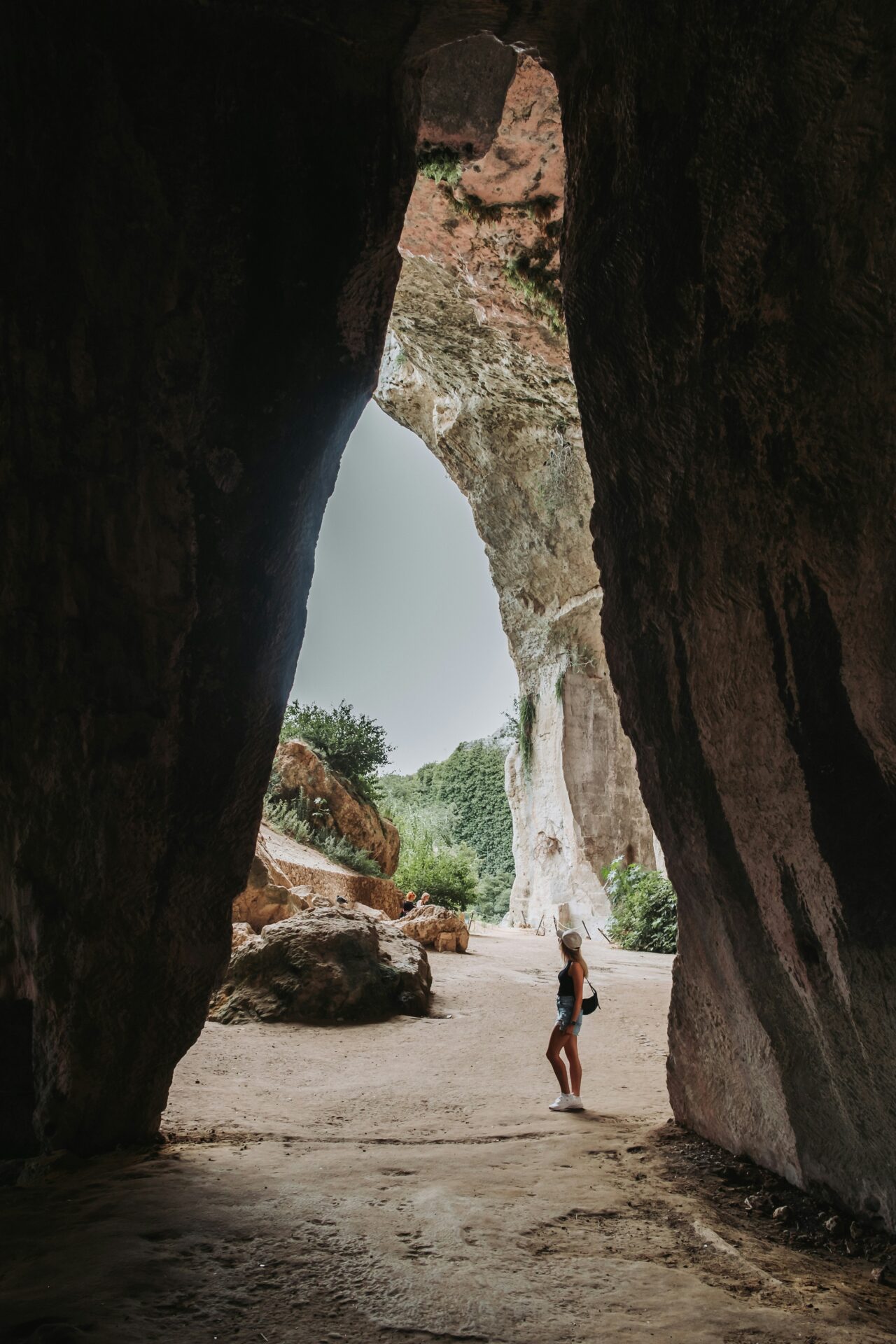
Altar of Hieron II: Legacy of Power
The Altar of Hieron II stands as a jaw-dropping example of ancient engineering. King Hieron II built it between 270 and 215 BCE, and the massive stone platform measures 198 meters long and 23 meters wide.
You really can’t grasp the scale until you’re right in front of it. This wasn’t just any religious site—historical records say priests sacrificed up to 450 bulls at once during the Eleutheria festival!
Today, only the foundation is left, but you can still follow the outline where ceremonies took place.
Check out the water channels carved into the stone. Ancient Syracusans used these to drain sacrificial blood—a clever bit of engineering that’s easy to miss if you’re not looking.
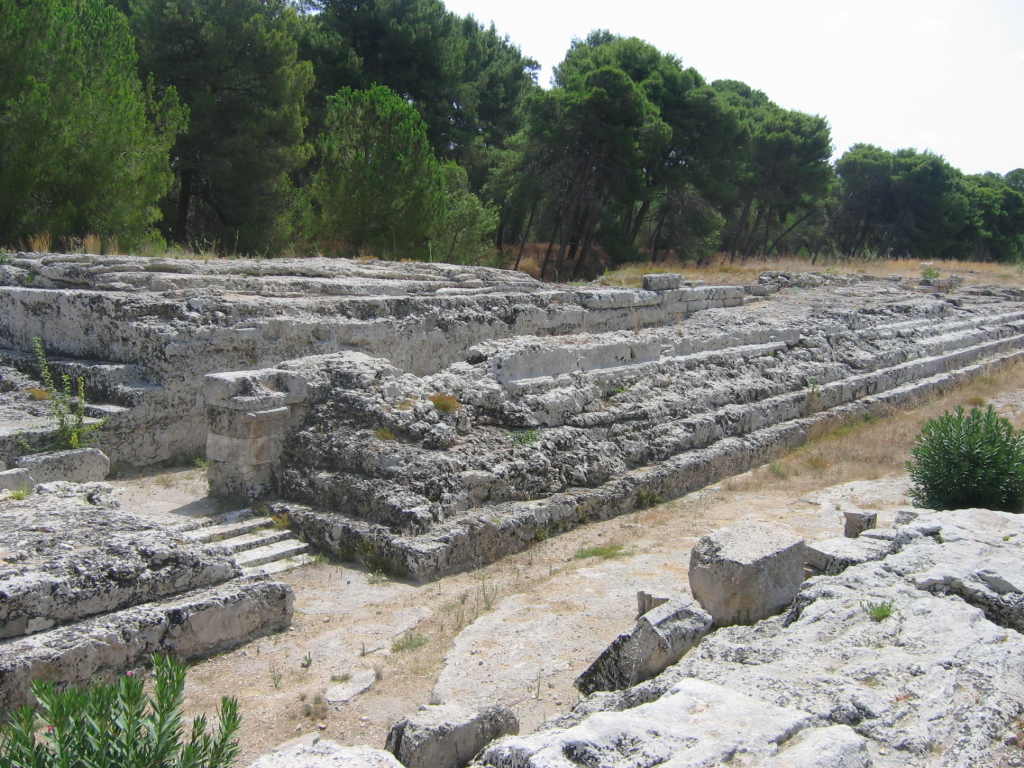
Savoring Ortygia: Food, Flavors, and Markets
Digging into Ortygia’s food scene turned out to be one of my favorite parts of the trip. The island’s cuisine is this wild mix of Greek, Arab, and Italian influences, and honestly, it’s a dream for food lovers.
Street Food, Fresh Seafood, and Local Markets
If you want to understand Ortygia’s food culture, start with the street food scene. I joined a 2.5-hour food tour and wandered the historic center, eating exactly the way locals do.
The arancini—those fried rice balls—were ridiculously good. Crunchy outside, creamy inside. Don’t skip them!
Seafood rules here. I watched fishermen haul in their catch at dawn, right by the waterfront markets.
Swordfish, sea urchins, fresh sardines—local restaurants turn them into simple but unforgettable dishes.
Ortygia’s market is a whirlwind of color and noise. I browsed stalls stacked with blood oranges, Bronte pistachios, and local olive oils.
Vendors love to hand out samples, and I couldn’t walk away without sun-dried tomatoes and fragrant herbs for my suitcase.
Many restaurants source their ingredients straight from these market stalls.
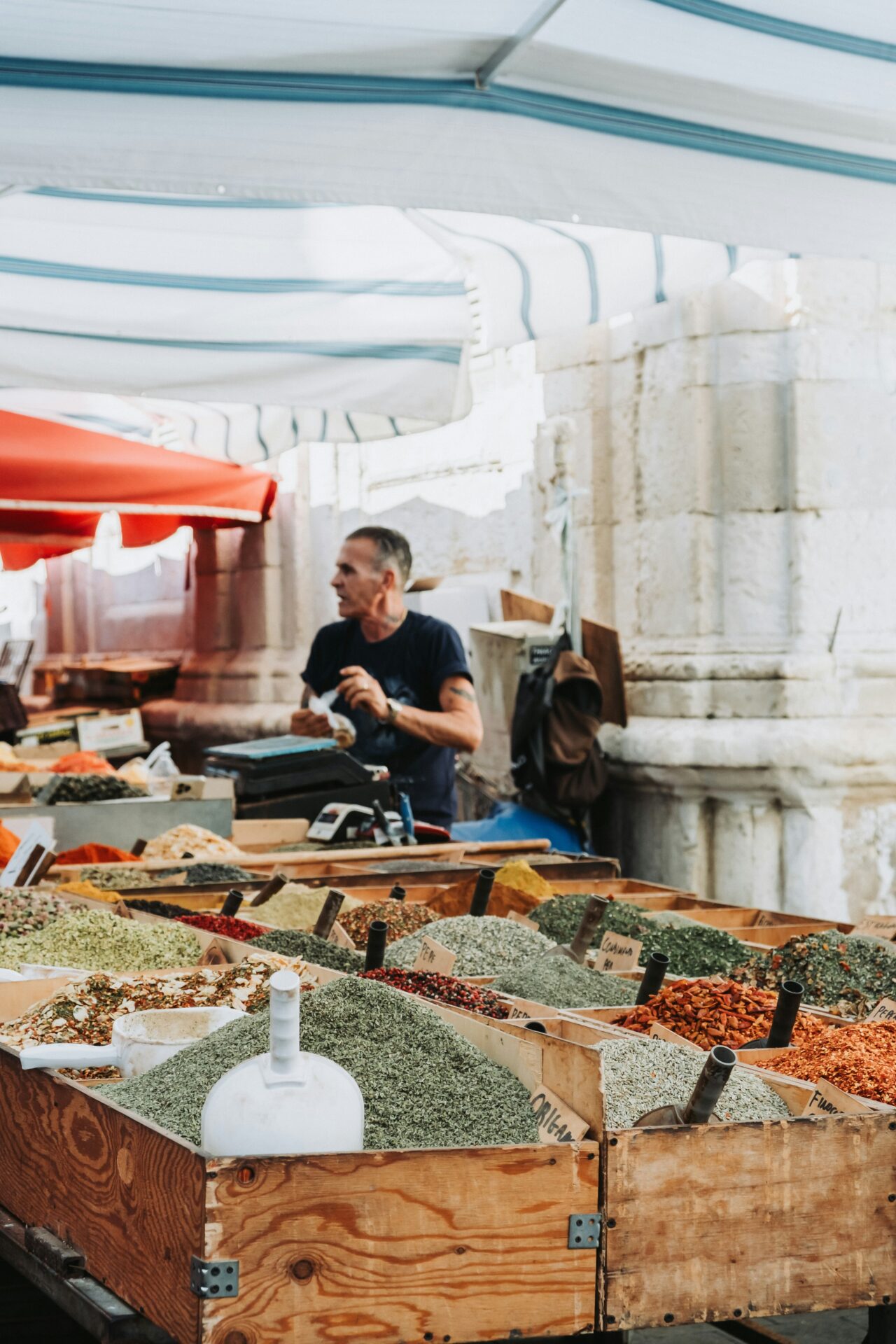
Indulgent Cannoli and Sicilian Sweets
Sicilian sweets have earned their reputation, and Ortygia’s are next-level. The cannoli here? Life-changing. Crispy shells, sweet ricotta, sometimes dotted with chocolate or pistachios and dusted with powdered sugar.
Locals insist you never pre-fill cannoli. The best bakeries fill them to order so the shells stay crisp.
For the real deal, I found tiny pasticcerie tucked away from the tourist crowds.
Other classics worth hunting down: cassata (sponge cake with ricotta and candied fruit), granita (that semi-frozen treat), and almond pastries.
Some recipes go back centuries, with sweet traditions that trace to Arab times. I’ll admit, I went back for more every single day.

Best Spots for Sunset Dining
Dinner at sunset in Ortygia feels kind of magical. I found a handful of waterfront places on the island’s west side with views that just stop you in your tracks.
My favorite was a little trattoria near Forte Vigliena. I ate pasta con le sarde (pasta with sardines) while the golden light turned the buildings into something out of a painting.
That combo—fresh seafood, ancient stones, and the sunset—sticks with you.
For a splurge, I tried a rooftop spot near the Duomo. The prix-fixe menu played with classic Sicilian dishes and paired them with local wines.
If you want a table with sea views at sunset, book ahead—especially in summer. I learned to reserve at least a day in advance.
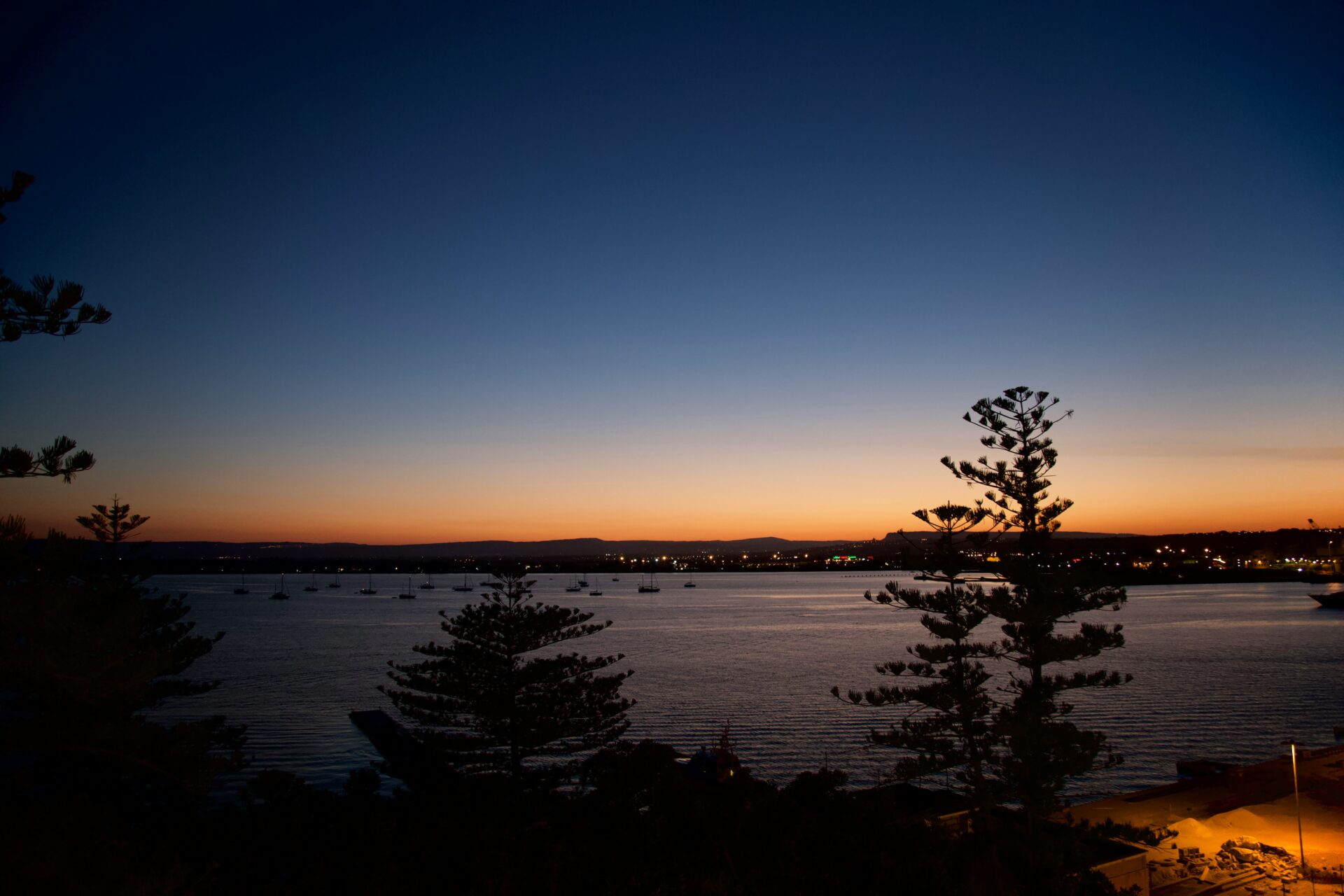
Unforgettable Day Trips and Guided Adventures
Ortygia is enchanting, but it’s also the perfect launchpad for exploring Sicily. The region around it is packed with everything from volcanoes to baroque towns.
From Ortygia to Catania and Mount Etna
Catania, Sicily’s second-biggest city, sits just an hour away by car. I love wandering its UNESCO-listed center, with those moody gray buildings made of volcanic stone.
But the real showstopper is Mount Etna, Europe’s most active volcano. I recommend joining a guided tour from Syracuse—they usually last 6-8 hours and range from easy cable car rides to tough summit hikes.
As you climb, the scenery shifts. Vineyards fade into stark, lunar landscapes.
Don’t skip the Etna wines at vineyards on the lower slopes. That mineral taste is unlike anything else.
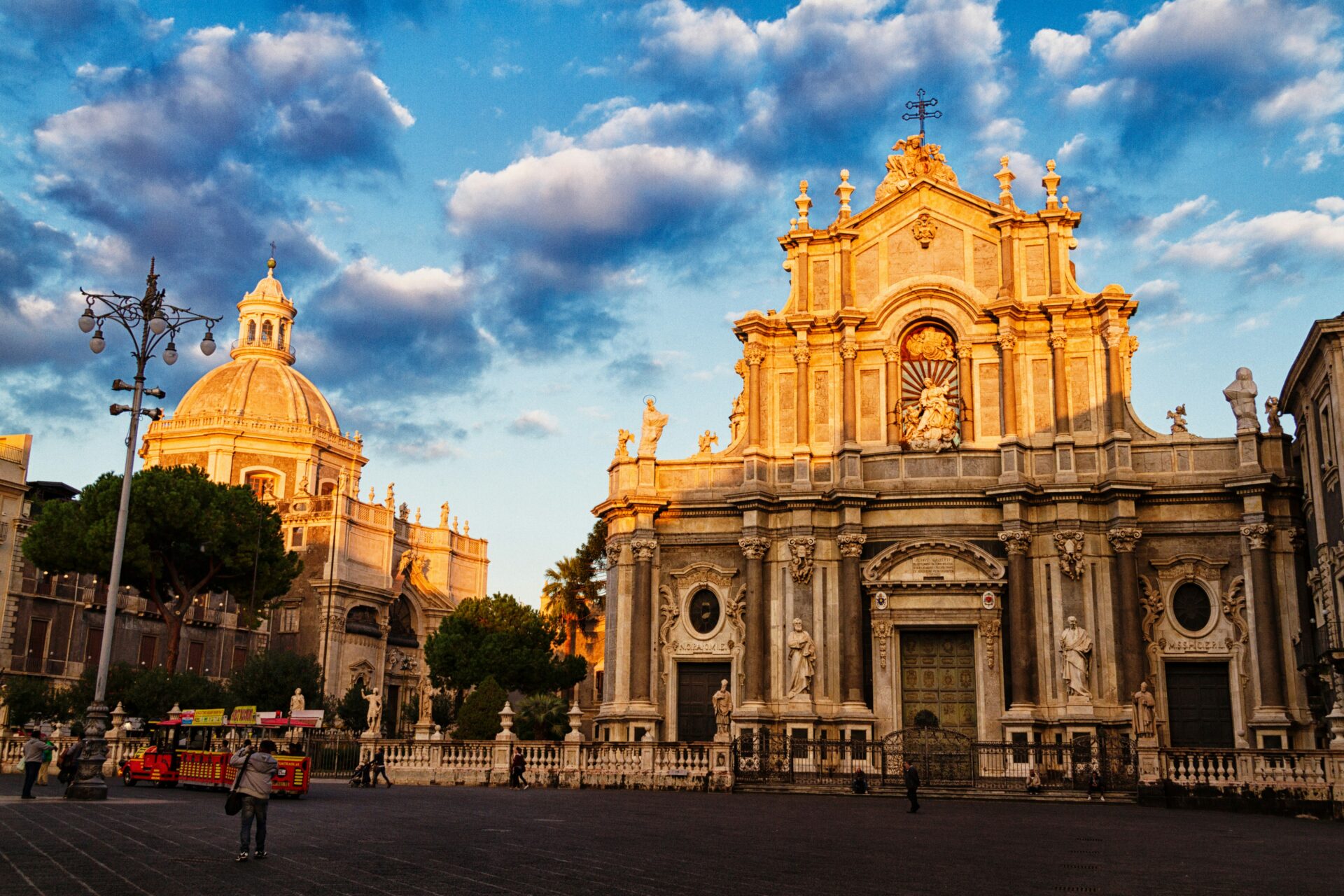
Exploring Taormina and Baroque Towns
Taormina perches on a hillside above the Ionian Sea, and the views from its Greek Theater are unreal. I’d go early to dodge crowds and grab breakfast on Corso Umberto.
The Val di Noto region is all about baroque beauty—think towns like Palazzolo Acreide, Noto, and Ragusa. They’re full of ornate churches and honey-colored palaces.
If you’re into architecture, Agrigento’s Valley of the Temples is worth the drive. These Greek ruins stand out against the Mediterranean in a way that’s hard to forget.
Hiring a local guide helps you get the most out of the experience.
A rental car makes things easier, but buses connect Syracuse to these spots if you’d rather not drive.

Guided Tours and Unique Experiences
Boat tours around Ortygia give you a whole new angle on the island, plus a chance to swim in sea caves during the summer.
Foodies should check out market tours with cooking classes. You’ll shop for ingredients in Ortygia’s lively market, then learn to make Sicilian dishes from scratch.
Wine tours to nearby vineyards are a treat. The Nero d’Avola grape stars here, producing bold, rich reds.
If you’re after something different, sign up for an archaeological tour. Expert guides bring ancient stories to life and often include stops like:
- Ancient Greek ruins
- Underground catacombs
- Hidden Byzantine gems
- Norman-era fortifications
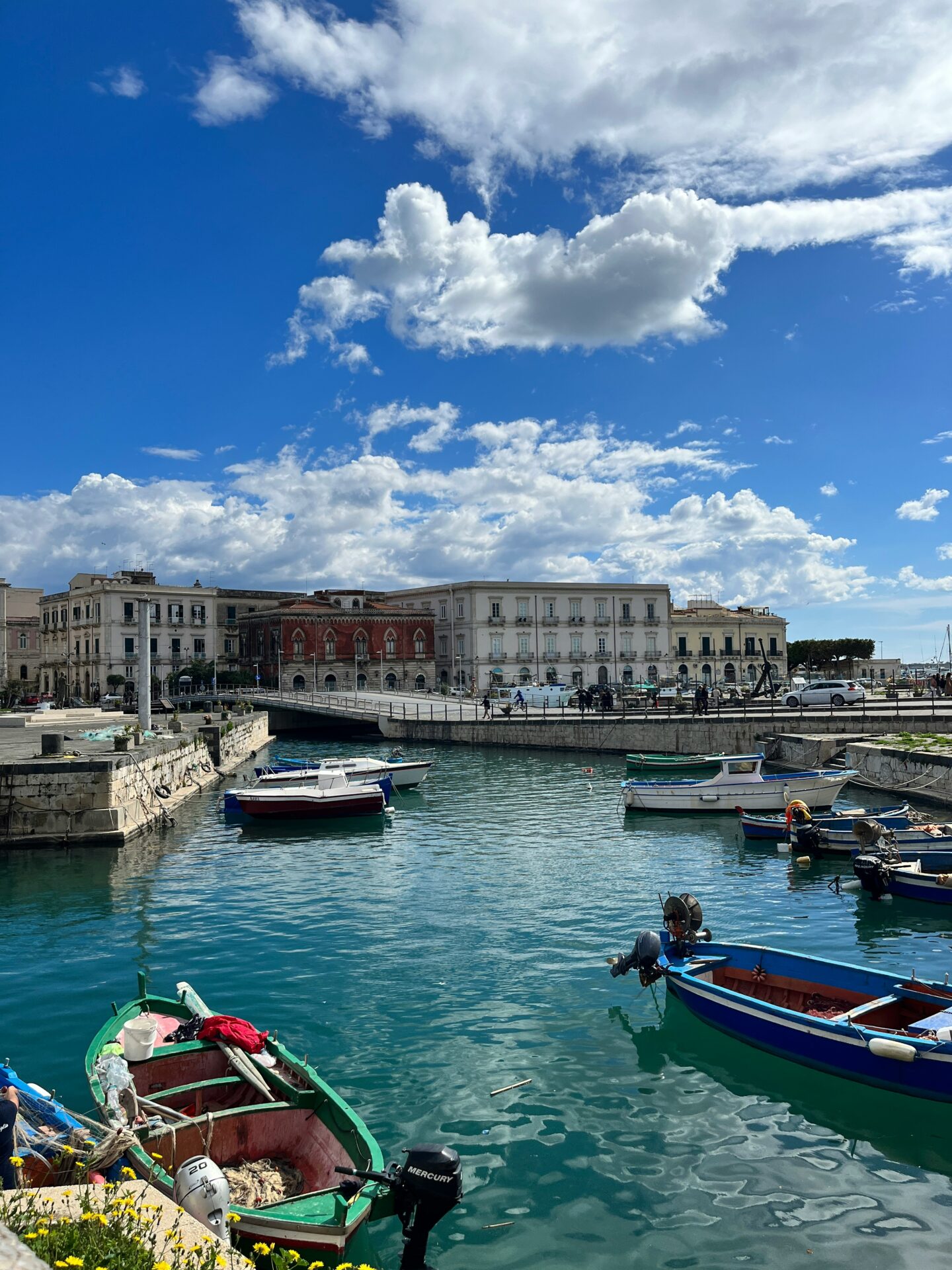
Castello di Eurialo and Akradina’s Mystique
Castello di Eurialo sits just outside Syracuse, and honestly, it’s one of those Greek fortresses that feels like it could swallow you up with its history. I wandered through those massive stone corridors and defensive trenches, and I couldn’t help but marvel at what ancient military engineers pulled off.
You won’t find big crowds here. That makes the whole place feel oddly personal, almost like you have it to yourself. And the views—Syracuse and the coastline stretch out in every direction. It’s worth the drive just for that.
Akradina is nearby, and it’s packed with archaeological treasures from Syracuse’s old quarter. The streets still line up in that original Greek grid, which is kind of wild to see. You can even duck into the early Christian catacombs underneath.
If you go, try to get there in the morning—it’s cooler and just more pleasant. Wear sturdy shoes, because the ground gets rough in spots. Sure, you can wander solo, but honestly, a guided tour makes a difference. You’ll catch little stories and details you’d probably overlook on your own.

